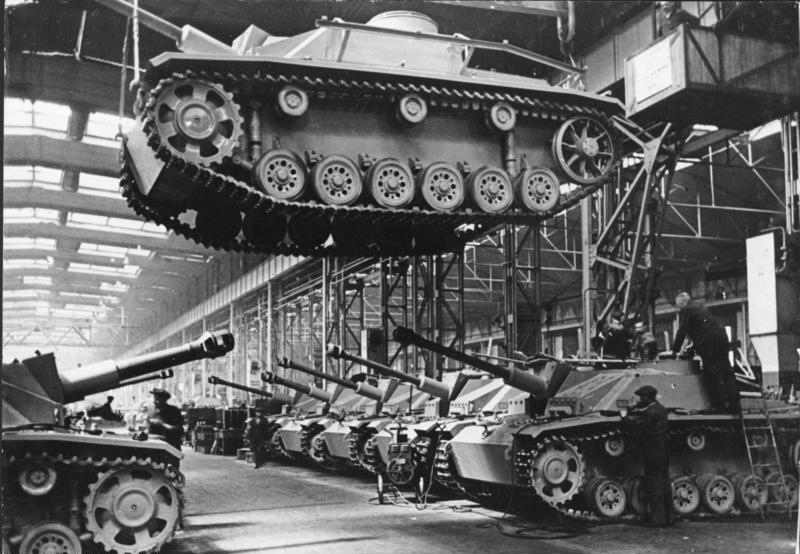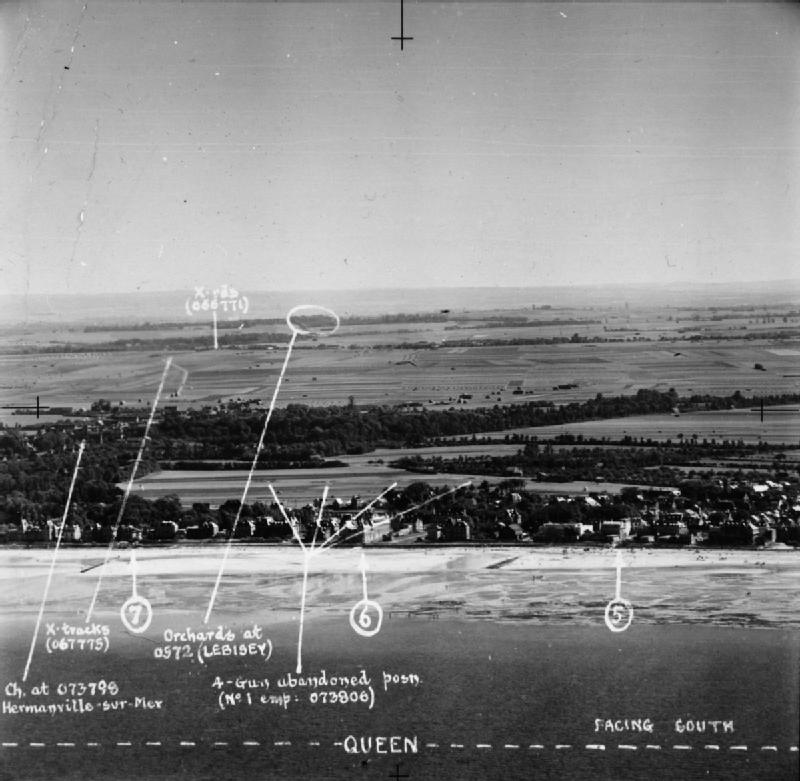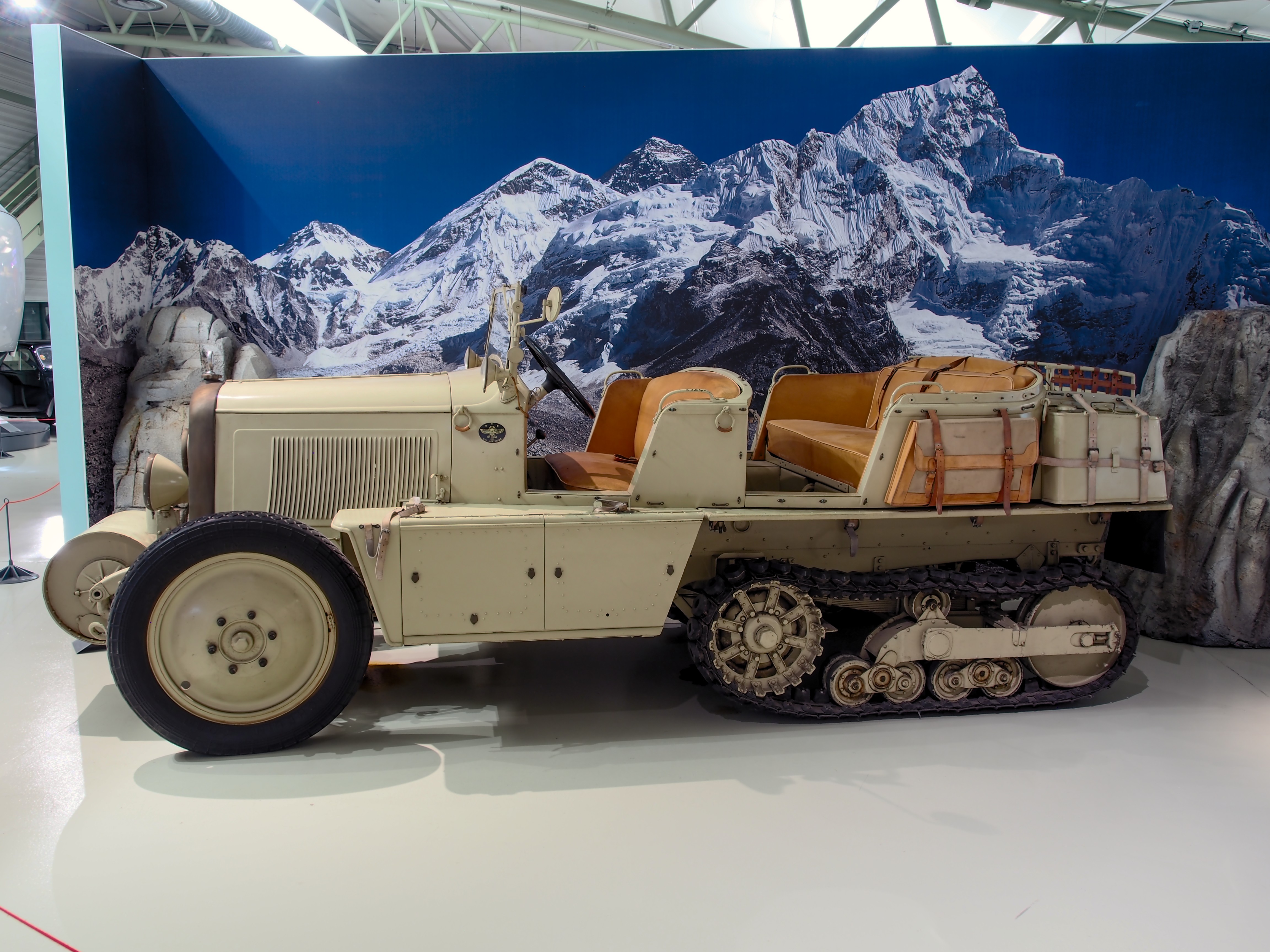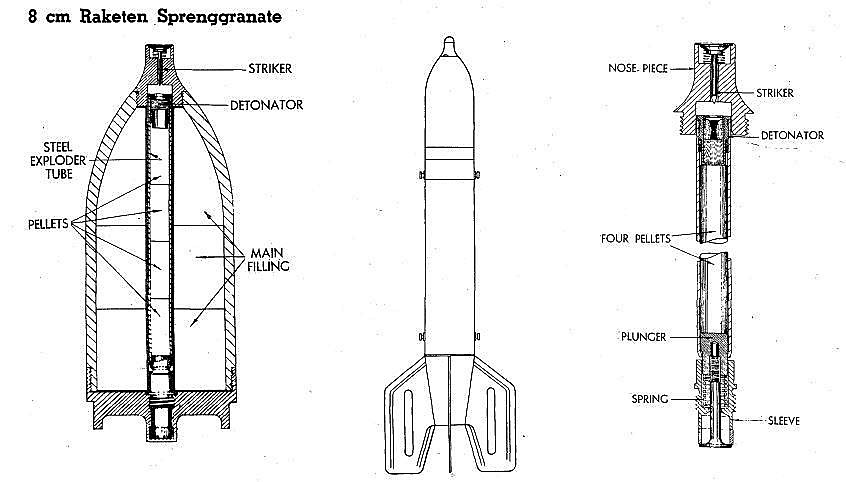|
Reihenwerfer
The Reihenwerfer or Mittler Schützenpanzerwagen S307(f) mit Reihenwerfer was a self-propelled barrage mortar used by the Wehrmacht during World War II. History After the Fall of France in 1940 large amounts of French military hardware fell into German hands. Two systems that were captured in sizable numbers were the SOMUA MCG half-track artillery tractor and the 81 mm Brandt Mle 27/31 mortar. Since the Germans were short of resources both were issued to German units. The SOMUA MCG was given the German designation ''S307(f)'' and the mle 27/31 was given the designation ''GrW 278(f)''. The Reihenwerfer consisted of 20 GrW 278(f) barrels in two rows of 10 which were mounted on a common framework that was attached to a base mounted on the back of an armored S307(f) chassis. The mortars and half-tracks were converted by Major Alfred Becker's workshop ( Baukommando Becker) in Paris. All 16 barrels could be traversed 360° and elevated together from +35° to +90°, wit ... [...More Info...] [...Related Items...] OR: [Wikipedia] [Google] [Baidu] |
Alfred Becker
Alfred Becker (20 August 1899 – 26 December 1981) was a German engineer and artillery officer who served during the First and Second World Wars. During the Second World War he took captured British and French vehicles and refurbished and rebuilt them to supply the German army with armoured fighting vehicles. With his engineering and organizational skills, he converted the Hotchkiss plant on the outskirts of Paris into a vehicle modification and fabrication center. He used the vehicles to mobilize German guns, rocket launchers and mortars. Working with Altmärkische catenary Gmbh (Alkett), steel shielding was shipped from Germany to armour the vehicles. The men from his artillery command did the metal work and conversion on 1,800 recovered vehicles. During the winter of 1943-44 Becker's work focused on equipping the 21st Panzer Division. He used the tracked carriages of French light tanks to mobilize the 7.5 cm Pak 40 anti-tank gun and the 10.5 cm leFH 18 howitzer. Becker h ... [...More Info...] [...Related Items...] OR: [Wikipedia] [Google] [Baidu] |
Sword Beach
Sword, commonly known as Sword Beach, was the code name given to one of the five main landing areas along the Normandy coast during the initial assault phase, Operation Neptune, of Operation Overlord. The Allied invasion of German-occupied France commenced on 6 June 1944. Stretching from Ouistreham to Saint-Aubin-sur-Mer, the beach proved to be the easternmost landing site of the invasion after the abortion of an attack on a sixth beach, code-named Band. Taking Sword was to be the responsibility of the British Army with sea transport, mine sweeping and a naval bombardment force provided by the British Royal Navy as well as elements from the Polish, Norwegian and other Allied navies. Among the five beaches of the operation, Sword is the nearest to Caen, about from the goal of the 3rd Infantry Division. The landings were achieved with low Allied casualties but the advance from the beach was slowed by traffic congestion and resistance in defended areas behind the beach. Furthe ... [...More Info...] [...Related Items...] OR: [Wikipedia] [Google] [Baidu] |
Wehrmacht
The ''Wehrmacht'' (, ) were the unified armed forces of Nazi Germany from 1935 to 1945. It consisted of the ''Heer'' (army), the ''Kriegsmarine'' (navy) and the ''Luftwaffe'' (air force). The designation "''Wehrmacht''" replaced the previously used term and was the manifestation of the Nazi regime's efforts to rearm Germany to a greater extent than the Treaty of Versailles permitted. After the Nazi rise to power in 1933, one of Adolf Hitler's most overt and audacious moves was to establish the ''Wehrmacht'', a modern offensively-capable armed force, fulfilling the Nazi régime's long-term goals of regaining lost territory as well as gaining new territory and dominating its neighbours. This required the reinstatement of conscription and massive investment and defense spending on the arms industry. The ''Wehrmacht'' formed the heart of Germany's politico-military power. In the early part of the Second World War, the ''Wehrmacht'' employed combined arms tactics (close-cover ... [...More Info...] [...Related Items...] OR: [Wikipedia] [Google] [Baidu] |
Mortars , a national honor society for college seniors
*
*
{{disambiguation ...
Mortar may refer to: * Mortar (weapon), an indirect-fire infantry weapon * Mortar (masonry), a material used to fill the gaps between blocks and bind them together * Mortar and pestle, a tool pair used to crush or grind * Mortar, Bihar, a village in India * Mortar (organization), a nonprofit in Cincinnati, Ohio * The Manby mortar, an invention for rescuing shipwreck survivors See also * Mortar methods, discretization methods for partial differential equations * Mortarboard, a type of headwear worn as part of academic dress * Mortar Board Mortar Board is an American national honor society for college seniors. Mortar Board has 233 chartered collegiate chapters nationwide and 15 alumni chapters. History Mortar Board was the first national honor society for college senior women ... [...More Info...] [...Related Items...] OR: [Wikipedia] [Google] [Baidu] |
Normandy Landings
The Normandy landings were the landing operations and associated airborne operations on Tuesday, 6 June 1944 of the Allied invasion of Normandy in Operation Overlord during World War II. Codenamed Operation Neptune and often referred to as D-Day, it was the largest seaborne invasion in history. The operation began the liberation of France (and later western Europe) and laid the foundations of the Allied victory on the Western Front. Planning for the operation began in 1943. In the months leading up to the invasion, the Allies conducted a substantial military deception, codenamed Operation Bodyguard, to mislead the Germans as to the date and location of the main Allied landings. The weather on D-Day was far from ideal, and the operation had to be delayed 24 hours; a further postponement would have meant a delay of at least two weeks, as the invasion planners had requirements for the phase of the moon, the tides, and the time of day that meant only a few days each month were ... [...More Info...] [...Related Items...] OR: [Wikipedia] [Google] [Baidu] |
Artillery Tractor
An artillery tractor, also referred to as a gun tractor, is a specialized heavy-duty form of tractor unit used to tow artillery pieces of varying weights and calibres. It may be 6x6, wheeled, continuous track, tracked, or half-tracked. Traction There are two main types of artillery tractors, depending on the type of traction: wheeled and tracked. * Wheeled tractors are usually variations of truck, lorries adapted for military service. * Tracked tractors run on continuous track; in some cases are built on a modified tank chassis with the superstructure replaced with a compartment for the gun crew or ammunition. In addition, half-track tractors were used in the interwar period and in World War II, especially by the Wehrmacht. This type of tractor was mostly discontinued postwar. History World War I The first artillery tractors were designed prior to the outbreak of World War I, often based on agricultural machines such as the Holt tractor. Such vehicles allowed the tact ... [...More Info...] [...Related Items...] OR: [Wikipedia] [Google] [Baidu] |
Half-track
A half-track is a civilian or military vehicle with regular wheels at the front for steering and continuous tracks at the back to propel the vehicle and carry most of the load. The purpose of this combination is to produce a vehicle with the cross-country capabilities of a tank and the handling of a wheeled vehicle. Performance The main advantage of half-tracks over wheeled vehicles is that the tracks reduce the pressure on any given area of the ground by spreading the vehicle's weight over a larger area, which gives it greater mobility over soft terrain like mud and snow, while they do not require the complex steering mechanisms of fully tracked vehicles, relying instead on their front wheels to direct the vehicle, augmented in some cases by track braking controlled by the steering wheel. It is not difficult for someone who can drive a car to drive a half-track, which is a great advantage over fully tracked vehicles, which require specialized training. Half-tracks thus facil ... [...More Info...] [...Related Items...] OR: [Wikipedia] [Google] [Baidu] |
Battle Of France
The Battle of France (french: bataille de France) (10 May – 25 June 1940), also known as the Western Campaign ('), the French Campaign (german: Frankreichfeldzug, ) and the Fall of France, was the Nazi Germany, German invasion of French Third Republic, France during the Second World War. On 3 September 1939, France French declaration of war on Germany (1939), declared war on Germany following the German invasion of Poland. In early September 1939, France began the limited Saar Offensive and by mid-October had withdrawn to their start lines. German armies German invasion of Belgium (1940), invaded Belgium, German invasion of Luxembourg, Luxembourg and German invasion of the Netherlands, the Netherlands on 10 May 1940. Fascist Italy (1922-1943), Italy entered the war on 10 June 1940 and attempted an Italian invasion of France, invasion of France. France and the Low Countries were conquered, ending land operations on the Western Front (World War II), Western Front until the Normandy l ... [...More Info...] [...Related Items...] OR: [Wikipedia] [Google] [Baidu] |
World War II
World War II or the Second World War, often abbreviated as WWII or WW2, was a world war that lasted from 1939 to 1945. It involved the vast majority of the world's countries—including all of the great powers—forming two opposing military alliances: the Allies and the Axis powers. World War II was a total war that directly involved more than 100 million personnel from more than 30 countries. The major participants in the war threw their entire economic, industrial, and scientific capabilities behind the war effort, blurring the distinction between civilian and military resources. Aircraft played a major role in the conflict, enabling the strategic bombing of population centres and deploying the only two nuclear weapons ever used in war. World War II was by far the deadliest conflict in human history; it resulted in 70 to 85 million fatalities, mostly among civilians. Tens of millions died due to genocides (including the Holocaust), starvation, ma ... [...More Info...] [...Related Items...] OR: [Wikipedia] [Google] [Baidu] |
Half-track
A half-track is a civilian or military vehicle with regular wheels at the front for steering and continuous tracks at the back to propel the vehicle and carry most of the load. The purpose of this combination is to produce a vehicle with the cross-country capabilities of a tank and the handling of a wheeled vehicle. Performance The main advantage of half-tracks over wheeled vehicles is that the tracks reduce the pressure on any given area of the ground by spreading the vehicle's weight over a larger area, which gives it greater mobility over soft terrain like mud and snow, while they do not require the complex steering mechanisms of fully tracked vehicles, relying instead on their front wheels to direct the vehicle, augmented in some cases by track braking controlled by the steering wheel. It is not difficult for someone who can drive a car to drive a half-track, which is a great advantage over fully tracked vehicles, which require specialized training. Half-tracks thus facil ... [...More Info...] [...Related Items...] OR: [Wikipedia] [Google] [Baidu] |
8 Cm Raketen-Vielfachwerfer
The 8 cm Raketen-Vielfachwerfer was a copy of the Soviet BM-8 Katyusha multiple rocket launcher produced in Nazi Germany during the Second World War. History The Soviet BM-8 Katyusha rocket launchers first encountered during Operation Barbarossa left a big impression on the invading Germans. Proposals to copy the Katyusha for German use were soon made but there wasn't much spare industrial capacity available for new projects. There also wasn't a great deal of enthusiasm for the project because the German Army had already committed to the production of spin-stabilized rocket systems such as the Nebelwerfer. Since the Waffen-SS was the military wing of the Nazi Party it was often in competition with the Wehrmacht for resources. This meant the Waffen-SS often used its political influence to create its own network of suppliers outside the influence of the Wehrmacht to supply its troops. A product of this competition for resources was the 8 cm Raketen-Vielfachwerfer which w ... [...More Info...] [...Related Items...] OR: [Wikipedia] [Google] [Baidu] |
MG42
The MG 42 (shortened from German: ''Maschinengewehr 42'', or "machine gun 42") is a German recoil-operated air-cooled general-purpose machine gun used extensively by the Wehrmacht and the Waffen-SS during the second half of World War II. Entering production in 1942, it was intended to supplement and replace the earlier MG 34, which was more expensive and took much longer to produce, but both weapons were produced until the end of World War II. Designed to use the standard German 7.92×57mm Mauser rifle round, be low-cost and easier to mass-produce, the MG 42 proved to be highly reliable and easy to operate. It is most notable for its very high cyclic rate for a gun using full-power service cartridges, averaging about 1,200 rounds per minute compared to around 850 for the MG 34, and 450 to 600 for other common machine guns like the M1919 Browning, FM 24/29 or Bren gun. This ability made it extremely effective in providing suppressive fire, and its unique sound led to it being nick ... [...More Info...] [...Related Items...] OR: [Wikipedia] [Google] [Baidu] |


.jpg)




.jpg)